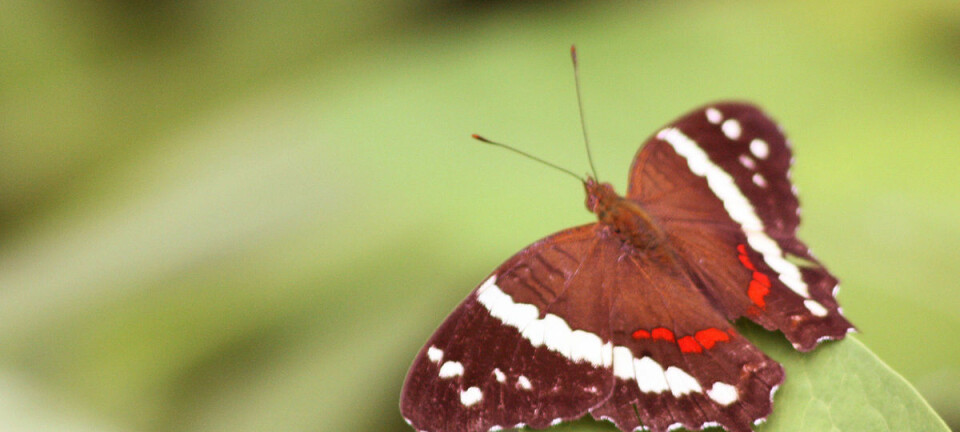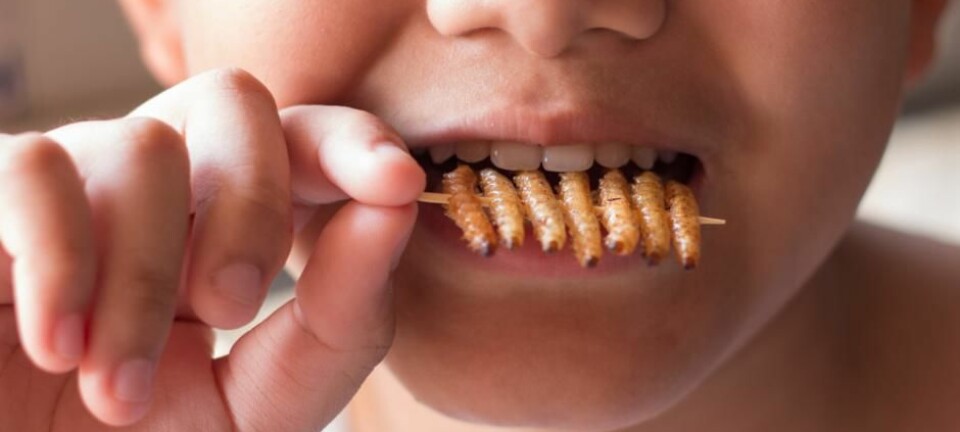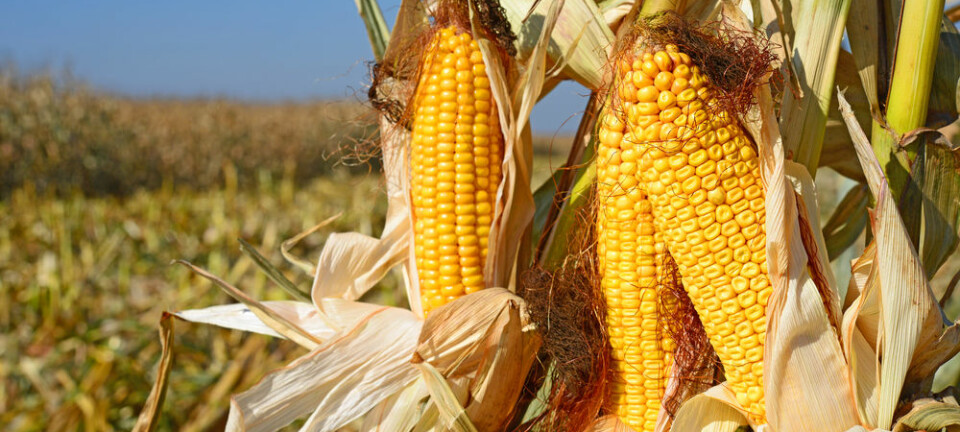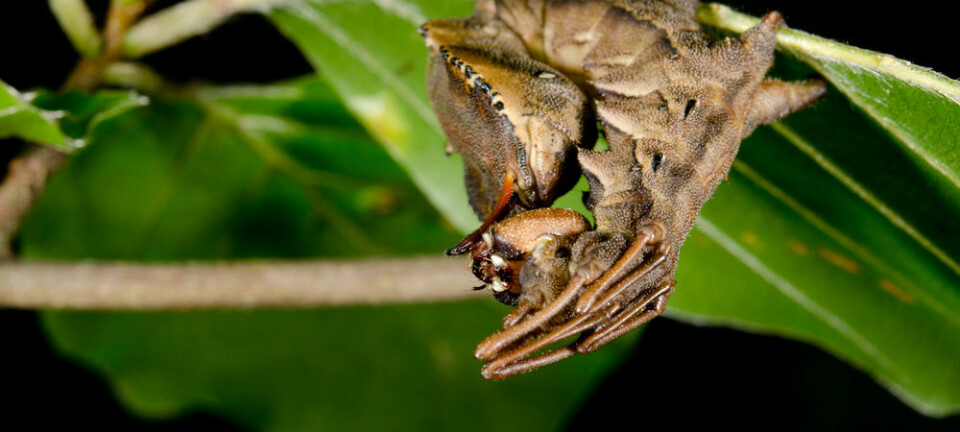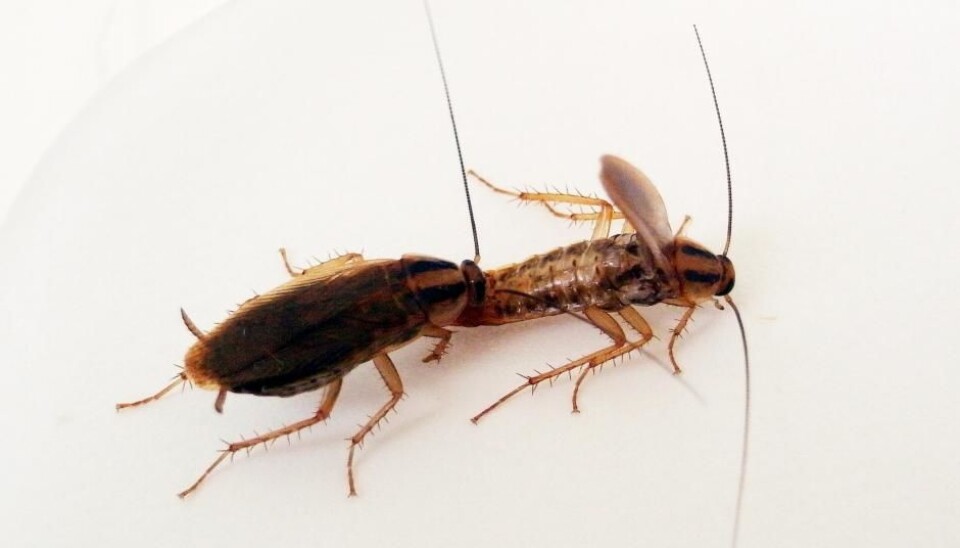
Male cockroaches that have frequent sex eat more protein
This is most likely because they need protein to produce new sperm and a nuptial gift packed with nutrients that the female can pass on to her unborn young.
It is well known that males across the animal kingdom love sex, but does the amount of sex they have change their desire for specific nutrients in their diet?
Males need energy to court females and defend territories, and their mating success is therefore typically associated with a high energy intake.
To produce offspring, however, the male needs to have good quality sperm to fertilize the oocytes. Furthermore, the eggs and embryos need to survive and grow, which in addition to energy requires specific nutrients, first and foremost, protein.
A recent study, which I am lead author on, shows that male cockroaches that mate frequently eat more protein than males that mate rarely or not at all.
How to study a cockroach’s sex life and diet
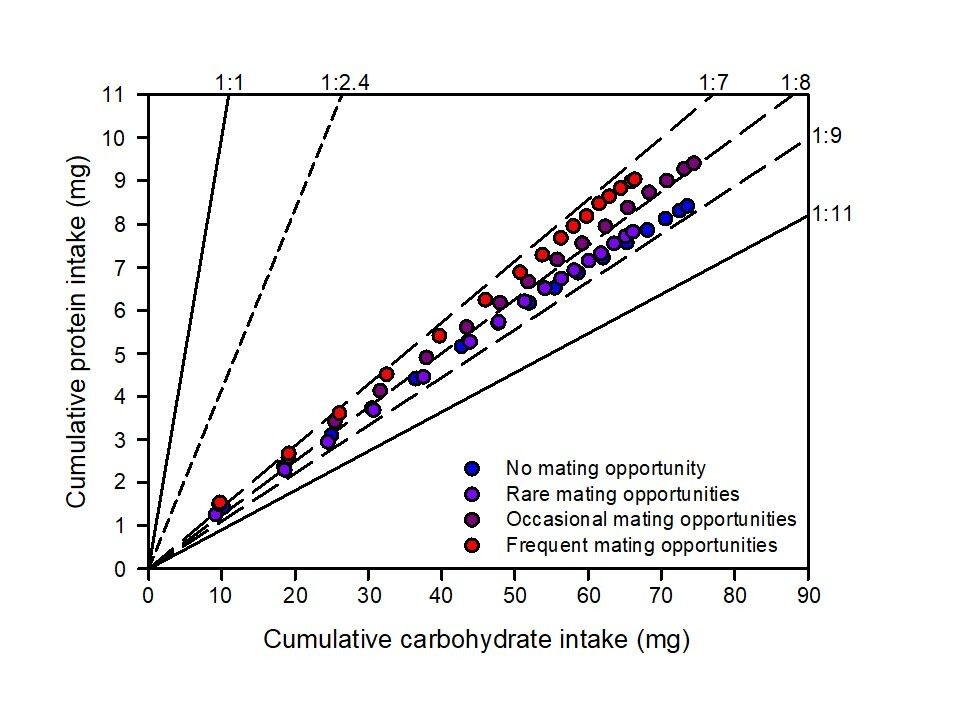
We tested this over 16 weeks by giving males a free choice between two types of artificial feed that contained different amounts of protein and carbohydrate, but were otherwise similar.
In the study, we introduced receptive female cockroaches to male cockroaches at varying times. One group of males were given just one chance to mate each week, a second group had the opportunity to mate once every two weeks, a third group had the opportunity once per month, and a fourth group never had an opportunity to mate.
We saw that males that mated frequently (red colour in the graph below) chose a diet that contained seven times as much carbohydrate than protein (1:7). On the other hand, males that rarely or never mated ate almost nine times as much protein than carbohydrate (1:9). These relationships are shown in the graph below, indicated by the long-dashed lines.
The short-dashed line shows the protein to carbohydrate ratio the males had eaten if they ate randomly from the two foods.
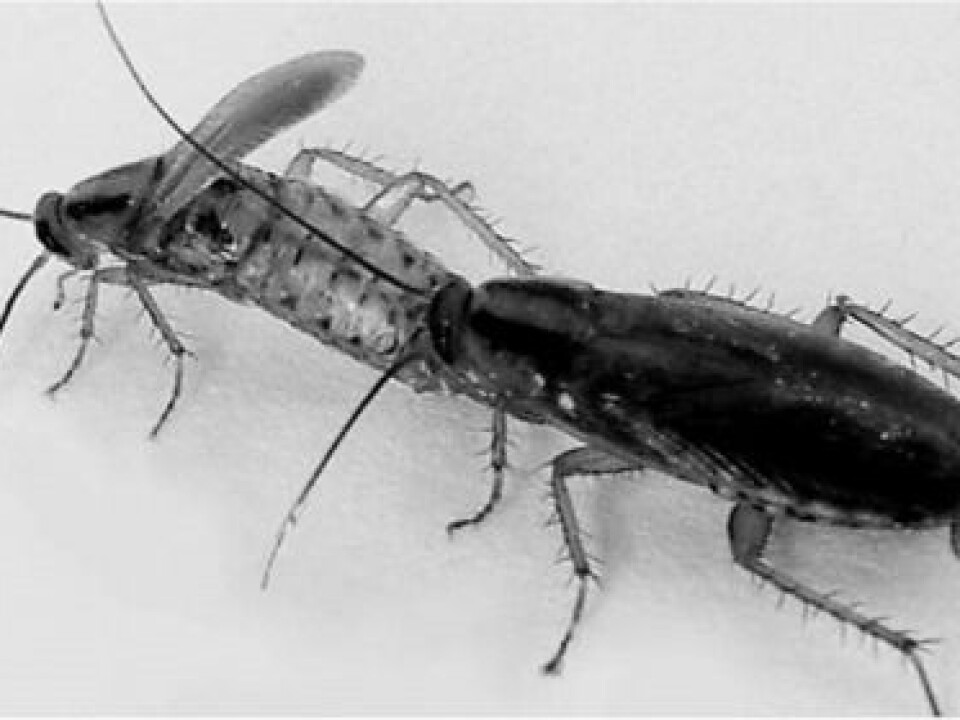
Read More: New insect species discovered in the Seychelles
Frequent mating does not shorten cockroach lifespan
To check that the males were actually mating with the females, we counted how many females gave birth to baby cockroaches, as well as the total number of offspring.
Unsurprisingly, the males mated with more females when they had more frequent mating opportunities, and they had more offspring than males with fewer mating opportunities.
Males that had the most opportunities to mate had around 200 offspring on average during their lifetime. Some individuals had more than 500. In contrast, males that mated only once a month on average produced around 50 offspring.
Previous research has shown that highly sexually active male insects often live shorter lives, but we saw no sign of this in our data.
This may be due to the fact that all males in the experiment had the opportunity to select a diet that was optimal for their situation, whereas previous studies of mating frequency and lifespan restricted all individuals to one diet. It is possible that these highly sexually active male insects simply did not have adequate amounts of energy and protein in their diets.
Cockroaches need protein to propel their sperm
The higher preference for protein after frequent mating is likely caused by a higher use of protein for sperm and for the synthesis of a nutritious nuptial gift, which the male transfers to the female with the sperm during mating.
The gift is used by the female to nourish eggs and embryos and it is important for their survival if the female has difficulty finding food.
By providing nutrients to the female, the male ensures that as many oocytes as possible are fertilized and that the young survive until the egg sack hatches.
Read More: Scientists are "teaching" plants to use insects as a natural defence
German cockroaches are crazy about carbohydrates
We conducted our study on the German cockroach species, which is the most commonly found house cockroach around the world.
In addition to showing that mating frequency affected male nutritional preference, our study showed that German cockroaches overall prefer a highly carbohydrate based, protein-poor diet. In fact it is more protein based than any other animal.
This may have enabled us to measure the extra protein consumption by males that were mated more frequently, as the extra protein represents a larger proportion of the total protein intake when the basic protein intake is low.
Theoretically, an increased protein demand to compensate for the nutritional cost of mating should also apply to other animals. This would especially be the case for species where the male provides a nutritious nuptial gift to the female during mating.
Typically, however, animals prefer a somewhat more protein-rich diet than German cockroaches, which makes it harder to measure a difference in preference in response to mating activity.
Sugar secretions attract females for 1.5-hour-long sex sessions
In order to get a mate, male cockroaches have to lure females into a mating position. They do this by secreting a sugar-rich substance from a gland in their abdomen. The male exposes his sugar glands by lifting his wing covers and turning his rear toward the female.
The female crawls onto the male’s back, and if she sits still for long enough they can mate, which she will if his secretions are sweet and tasty.
Copulation lasts around 90 minutes, and a hook on the male’s penis ensures that the female will not detach midway. During mating, the male transfers his sperm in a package, known as spermatophore, which also contains nutrients for the female and the eggs.
And this in part can explain why the males need so much carbohydrate: A carbohydrate-rich diet is the basis for attaining mating via sweet secretions. But the males also need extra protein to provide the sperm and nuptial mating gifts.
Read More: How much more environmentally friendly is it to eat insects?
Male and female roaches have different eating habits
The study also shows that male German cockroaches prefer a much more carbohydrate based diet than females.
This contradicts the theory that the sexes are genetically predisposed to eat similar foods despite having different nutritional requirements (known as ‘intra-locus sexual conflict’).
In German cockroaches, the sexes are thereby clearly able to select a diet that matches each of their requirements. Studies in crickets and fruit flies, however, indicated that the sexes could not independently select an optimal diet but instead selected a diet that was somewhere in the middle.
Whether the sexes’ genes for nutritional preferences in crickets and fruit flies are in fact so linked that independent preferences are not possible is still unclear, but this is clearly not the case in German cockroaches.
The same could be true for humans and other animals
Our new results show that males actively select food that compensates for their protein expense during mating, so they can ensure a good fertilization success next time the opportunity appears.
A similar scenario likely applies to humans and other animals as well, although probably to a much lesser extent. Additional studies are required to address this.
The investigation is no less interesting regarding the trade-off between attaining mating – which is easiest achieved on a carbohydrate-rich diet – and getting a high outcome from mating – which is best achieved on a more protein based diet that ensures high sperm quality and rich nuptial gifts.
This might apply more broadly to animals other than cockroaches. For example, men balance how attractive they appear to women against sperm quality. Whether dietary preferences also play a part in regulating this balance requires further study.
---------------
Read this article in Danish at ForskerZonen, part of Videnskab.dk
Scientific links
- 'Frequently mated males have higher protein preference in German cockroaches'. Behavioral Ecology (2018). DOI: 10.1093/beheco/ary104
- 'Reproductive Trade-Offs and Direct Costs for Males in Arthropods'. Evolutionary Biology (2013). DOI: 10.1007/s11692-012-9213-4
- 'Intralocus sexual conflict'. Trends in Ecology & Evolution (2009). DOI: 10.1016/j.tree.2008.12.005
- 'Sex‐specific effects of protein and carbohydrate intake on reproduction but not lifespan in Drosophila melanogaster'. Aging Cell (2015). DOI: 10.1111/acel.12333
- 'Perceived physical strength in men is attractive to women but may come at a cost to ejaculate quality'. Animal Behaviour (2018). DOI: 10.1016/j.anbehav.2018.06.019

